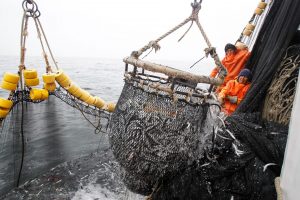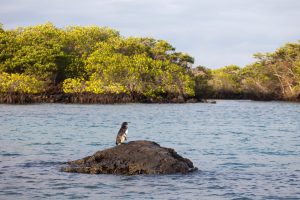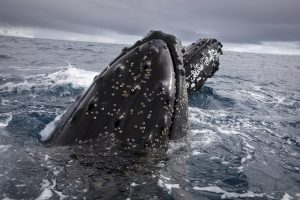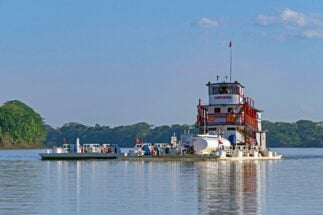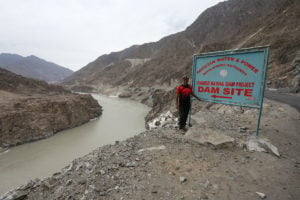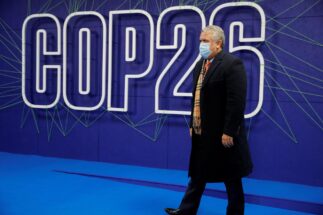In 2019, the Peruvian government announced it would establish two new marine protected areas in its waters by 2021: the Nasca Ridge National Reserve off Peru’s southwest coast; and the Grau Tropical Marine Reserve to the north of the country.
The aim was to conserve the great biodiversity of these areas and enhance their social, economic and natural value. It also meant that Peru would be moving the dial on the international commitment, made in 2010 under the UN Convention on Biological Diversity, to have at least 10% of the ocean covered by protected areas by 2020.
The idea for the Grau Tropical Marine Reserve dates back to 2016. This 1,160km2 zone, where the Equatorial and Humboldt currents converge, is home to more than 70% of the species found in Peru’s waters. However, its creation has stalled due to opposition from some fossil fuel companies, who fear losing their exploitation rights in 10 nearby oil lots.
When the Nasca Ridge reserve was created in June this year, it increased the protected proportion of Peru’s waters from 0.48% to 6.5%. The reserve covers some 62,400km2, including an underwater mountain range known as the Nasca Ridge, along which over 1,100 species have been recorded. Thirty-two of them are of commercial importance (including squid, perico, bonito, horse mackerel, blue shark, swordfish, yellowfin tuna and mackerel), and 30 of them – such as the blue whale and leatherback turtle – are classed by the IUCN (International Union for Conservation of Nature) as vulnerable or endangered. Forty-one percent of the fish and 46% of the invertebrates are endemic, meaning they are found nowhere else in the world. It is also a transit point in the long migrations of some species such as the humpback whale, and is home to deep-sea life such as cold-water corals and cod.
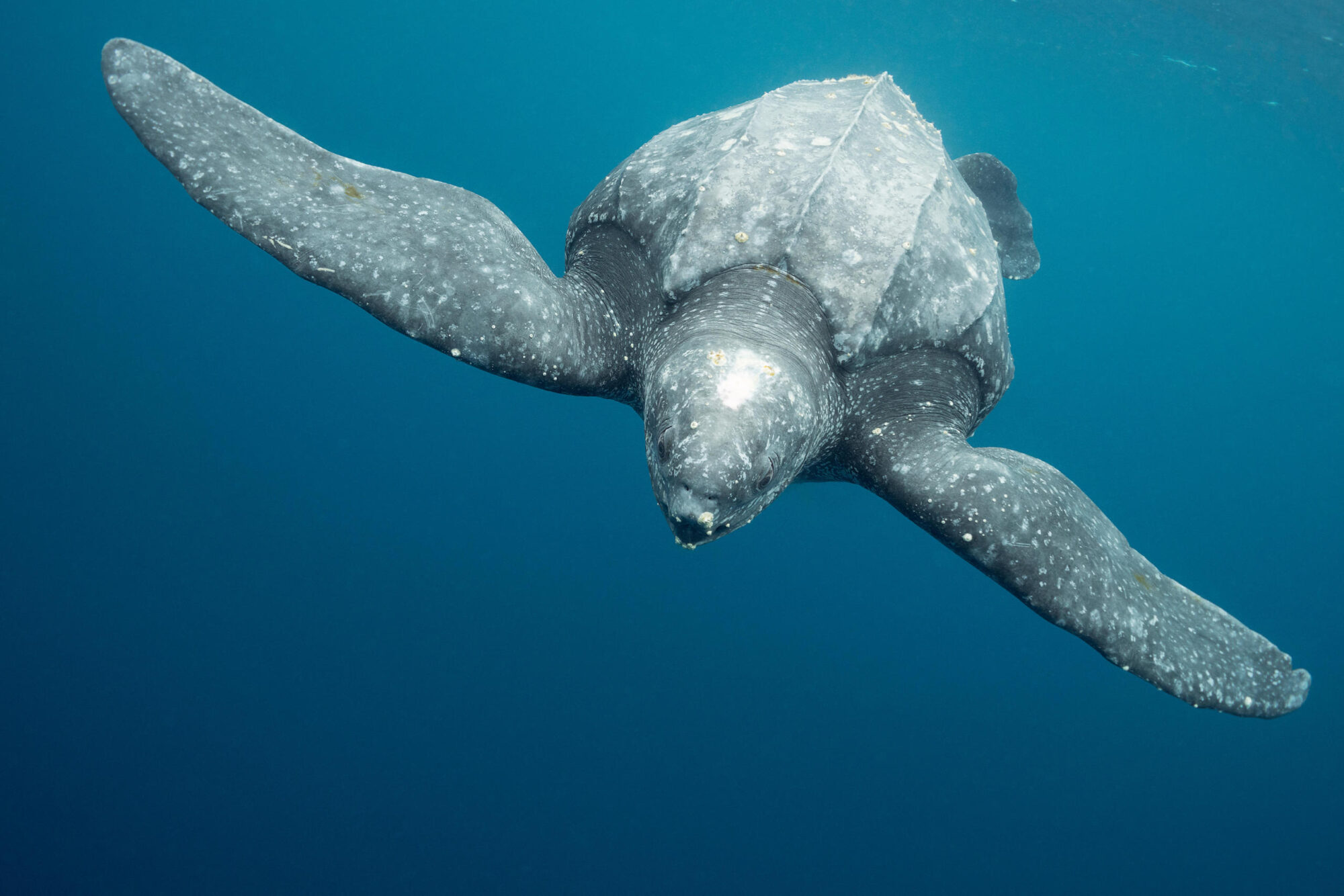
So there were clearly good reasons to create the park, but ensuring it effectively protects wildlife is another matter. “Peru had no protected areas in the sea, the Nasca Ridge National Reserve is the first,” says Fabiola Muñoz, the country’s former environment minister. “However, part of the problem of conceptualising or creating these protected areas has to do with the fact that there are other uses. We still haven’t incorporated this idea of multiple uses of the territory that collaborate with each other and don’t compete with each other.”
A paper park?
The Nasca Ridge is one of the two most recently established marine protected areas in Latin America, the other being Panama’s Coiba Mountain Range Marine Protected Area.
While Coiba is seen as a great achievement, protecting 30% of Panama’s waters – an area almost the same size as Panama’s mainland – the Peruvian reserve has attracted heavy criticism. Unlike other marine reserves – where all resource extraction is normally prohibited – fishing activities are still allowed in the Nasca Ridge reserve, as long as they do not impact natural areas such as the seamounts.
According to the environmental organisation Oceana, fishing permits have been given at the request of the National Fisheries Society (SNP) and the National Society of Industries of Peru.
“For a long time, industrial fishing has coexisted, and will continue to coexist, peacefully with nature,” says SNP president Cayetana Aljovín.
Cod fishing is allowed in the Nasca Ridge area because, according to the National Service of Natural Protected Areas of Peru (SERNANP): “There is no evidence that these activities can generate significant impacts on the seamounts.”
The decree that created the marine reserve stated that this fishery is of an exceptional nature and must not compromise the seamounts or the seabed. Fishing must be done with gear that guarantees the objective of conservation and goes no deeper than 1,800 metres.
However, for Juan Carlos Riveros, Oceana’s scientific director, cod fishing has other consequences. “Rays, chimaeras and other deep-sea resources that we know very little about or that may even be threatened are also being caught,” he says. “Less than 8% of the total national cod catch is caught in the reserve. It made no sense to leave the cod fishery open at that rate, which is about 14-15 tonnes per year.”
In the opinion of former minister Muñoz, dialogue between the fishing sector, scientists and government is needed to deepen the relationship and to understand how the sector conceives the issue of management in the new protected area. “I think these are elements that could be perfected along the way so that we don’t have the perception that this is just a [protected area on paper],” she says.
How will small-scale fishers be affected?
Small-scale fishing associations are concerned about the new status of the area, believing it will jeopardise their work.
According to the National Association of Fishing Shipowners, thousands of direct and indirect jobs linked to the extraction, processing and sale of anchovy and squid in the area could be affected, as they will not have permits to work there. Merardo Vite Zeta, its president, stresses that the squid fishery is “the main fishery for human consumption in Peru”. If small artisanal vessels cannot fish in the area, he asks, “what will we live on?”
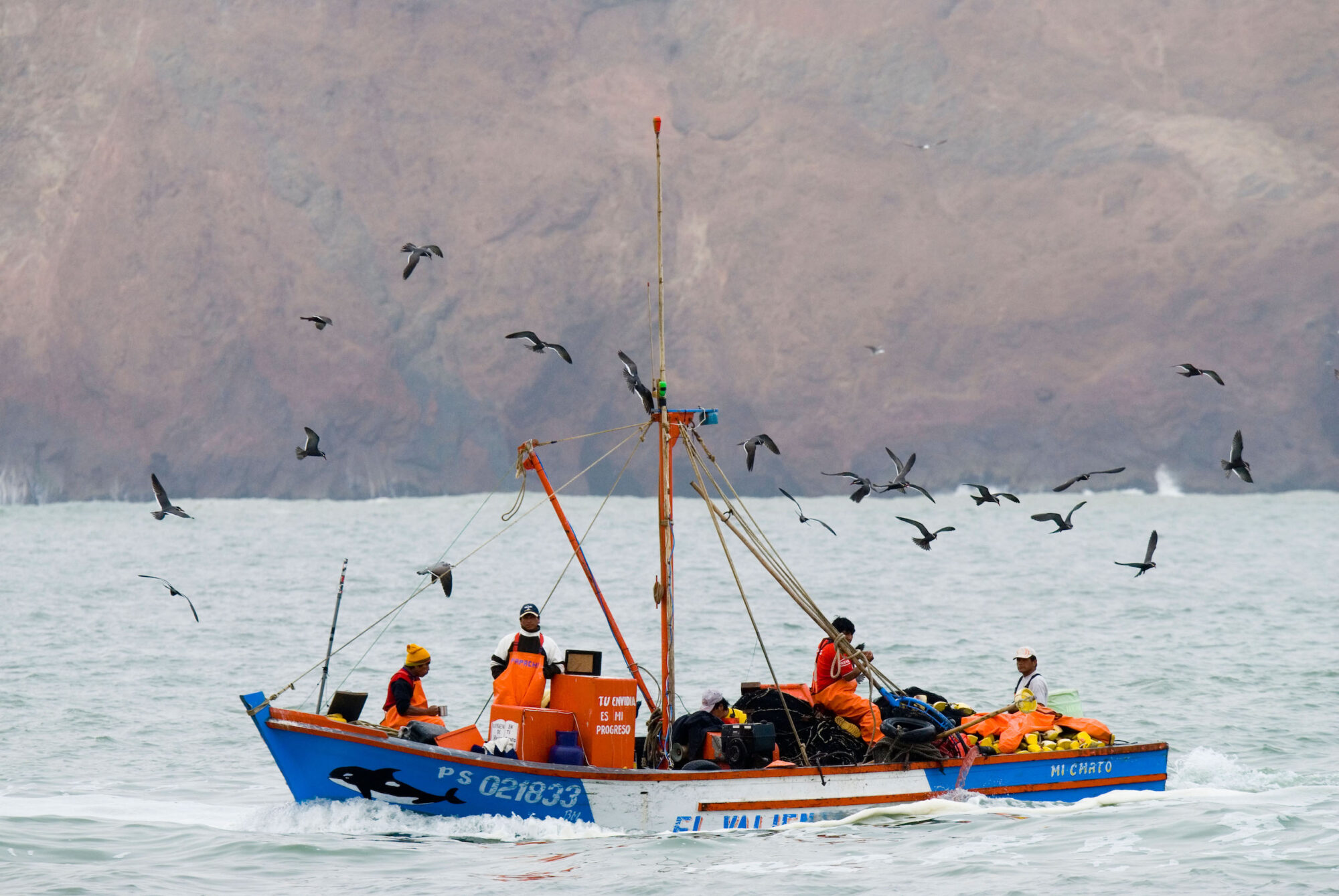
Fidel Periche, president of the Multisectoral Committee for the Defence of the Fishing Sector of Sechura Bay, points out that the El Niño and La Niña climatic phenomena, which change the temperature of the waters in the central and eastern parts of the tropical Pacific, have displaced ocean animals to different areas of Peru’s waters.
“Anchoveta move along the coast in search of their habitat and usually take refuge in the south, precisely in the area of the Nasca Ridge National Reserve, so our boats have to move towards that part of the coast to extract them and catch their fishing quota,” he explains.
Alfonso Miranda, president of the Committee for the Sustainable Management of the Giant Squid (CALAMASUR), which has a presence in Chile, Ecuador, Mexico and Peru, calls the creation of the reserve a “farce”. He thinks there are no real state policies to protect marine biodiversity and says that the coastal maritime border, where the greatest biodiversity of the Peruvian sea is found, is not being protected. “We are creating a natural marine protected area on paper,” he complains.
Who will protect the protected area?
Muñoz points out that when the state creates a natural protected area, it is obliged to give resources to the National Service of Natural Protected Areas (SERNANP) to look after it.
“The navy is the one in charge of watching over the Peruvian sea. However, the sea is very large and the navy does not have the capacity to monitor and protect it as a whole. But by creating a marine protected area, it is being given a priority. This gives SERNANP the possibility of providing resources for the protection of this portion of the sea,” Muñoz explains.
For the time being, studies still need to be carried out to find out what this marine area really contains. As Muñoz says, it is a step forward and, based on the Nasca Ridge Reserve, Peru should go ahead and create the Grau Tropical Marine Reserve, as well as protect other marine areas.
This would be in line with a target that scientists and campaigners are pushing to have included under the UN Convention on Biological Diversity, which is currently being revised as part of the COP15 UN biodiversity meeting. Namely, to increase ocean protection from 7% to 30% by 2030.
Marine protected areas are an effective tool to restore ocean biodiversity and ecosystem services. They complement conventional fisheries management and contribute to climate change mitigation.
A Chinese translation of this article will be available soon.
